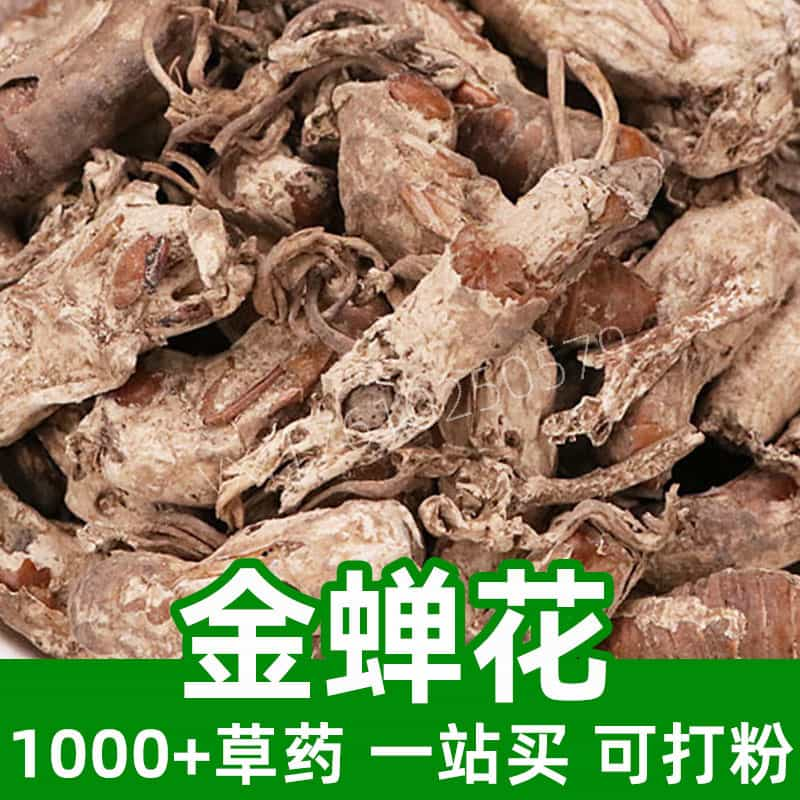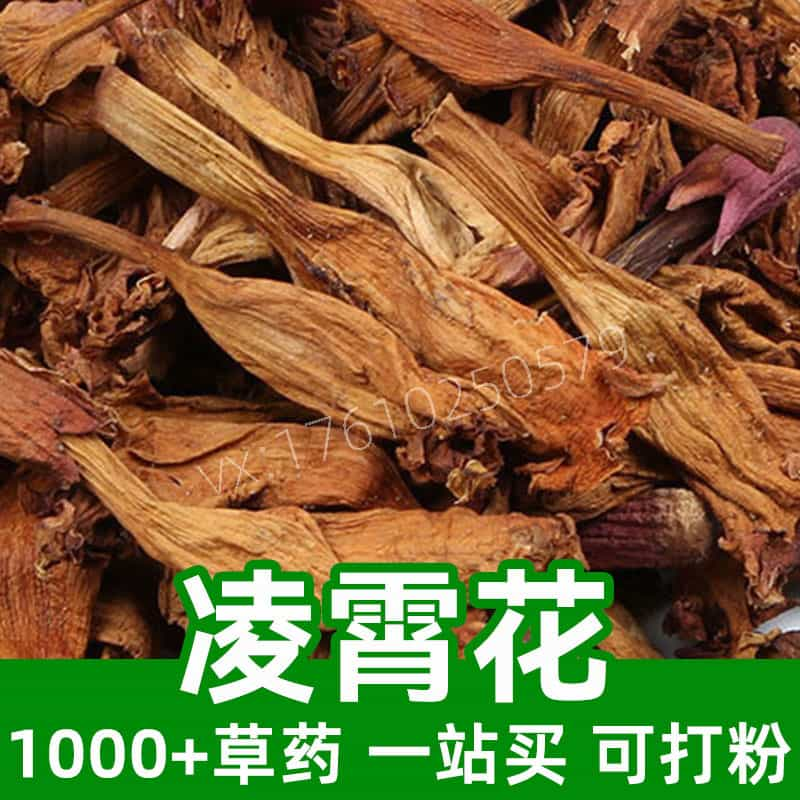Duckweed Product Introduction
Duckweed, also known as water lotus, water leaf, or lotus root, is a perennial aquatic plant primarily found in freshwater lakes, ponds, rivers, and canals. Its main components include abundant plant proteins, cellulose, vitamins, and minerals. Duckweed is a common aquatic plant with various uses.
Duckweed plays an important role in water purification, aquaculture, and food processing. It can absorb harmful substances from water, purifying the water quality. As feed for aquaculture, duckweed is nutritious and can enhance the quality of aquatic products. In food processing, duckweed can be used as a food additive, enriching the nutritional value of food.
Overall, duckweed is a valuable aquatic plant that helps purify water, improve water quality, and serves as both feed and food additive, providing essential support for human life and production.
Main Active Components of Duckweed
Duckweed, as an aquatic plant, contains a variety of nutrients, bioactive compounds, and chemical substances, which contribute to its many benefits and uses.
- Proteins: Duckweed is rich in plant proteins, one of its key nutrients. Proteins are important components of human cells and tissues and provide essential amino acids.
- Vitamins: Duckweed contains a range of vitamins, including Vitamin A, Vitamin C, and Vitamin E. These vitamins have antioxidant properties, improve skin health, and enhance immune function.
- Minerals: Duckweed is high in minerals such as potassium, calcium, magnesium, and iron, all of which play critical roles in maintaining physiological functions and bone health.
- Cellulose: Duckweed is rich in cellulose, which aids digestion, alleviates constipation, and may help reduce blood fat and blood sugar levels.
- Alkaloids: Duckweed contains alkaloids that have antibacterial, anti-inflammatory, and sedative effects, supporting overall health.
- Polysaccharides: Duckweed contains polysaccharides that help regulate immune function, provide antioxidant benefits, and may have anti-tumor effects.
- Essential Oils: Duckweed has a certain amount of essential oils, which can help refresh the mind, relieve stress, and reduce fatigue.
- Amino Acids: Duckweed is rich in various amino acids, which are essential building blocks of proteins and help maintain normal physiological functions.
In summary, duckweed is an aquatic plant with numerous nutrients and bioactive substances. It offers various health benefits, including providing nutrition, regulating immune function, and acting as an antioxidant, anti-inflammatory, and blood fat-lowering agent. It is widely used in food, health supplements, and pharmaceuticals.
Duckweed Applications and Dosage Recommendations
Duckweed, a plant rich in nutritional value and medicinal properties, has widespread use in both traditional Chinese medicine and the food industry. The following highlights its applications in these two fields, along with recommended dosages.
- Traditional Chinese Medicine Applications:
- Clearing Heat and Detoxifying: Duckweed is cold in nature and has a sweet-bitter taste. It helps clear heat and detoxify the body and is commonly used to treat heat-related illnesses and toxic conditions.
- Promoting Diuresis and Reducing Swelling: Duckweed can promote urination, expel dampness, and reduce swelling and stagnation, useful for conditions such as edema and urinary problems.
- Liver and Eye Health: Duckweed helps clear liver heat, improve eyesight, and has the added benefit of reducing blood pressure. It can be used for treating symptoms like red, swollen eyes, headaches, and dizziness.
- Cooling the Blood and Stopping Bleeding: Duckweed contains bioactive compounds that help cool the blood and stop bleeding, making it useful for conditions such as vomiting blood or nosebleeds.
- Food Industry Applications:
- Culinary Uses: Duckweed can be eaten as a vegetable. It can be consumed raw, cooked, or stir-fried, offering a fresh and pleasant flavor.
- Nutritional Supplement: With its high content of proteins, vitamins, and minerals, duckweed can be used as a dietary supplement to increase nutritional intake.
- Food Processing: Duckweed can be incorporated into soups, stir-fry dishes, and salads to enhance flavor and nutrition.
- Food Safety: Duckweed grows in clean water environments, and when properly harvested and processed, it can ensure food safety.
- Dosage Recommendations:
- Traditional Chinese Medicine Decoction: Generally, 20-30g of duckweed is used for decoction. The dosage can be adjusted based on specific symptoms or medical advice.
- Culinary Use: Duckweed can be cooked with other vegetables. Adjust the amount based on personal taste preferences and dietary needs.
Overall, duckweed is a valuable aquatic plant with nutritional and medicinal value, widely used in both traditional Chinese medicine and the food industry. When using it, proper dosages should be followed according to specific needs and medical advice for the best results.
Duckweed Source Plant Introduction, Distribution, and Growing Environment
Duckweed (scientific name: *Spirodela polyrhiza*) is an aquatic plant belonging to the Lemnaceae family. Below is an introduction to its source plant, distribution, and growing environment.
- Source Plant Introduction:
- Scientific Name: *Spirodela polyrhiza*.
- Other Names: Duckweed, Small Duckweed, Duck’s Mouth Grass, etc.
- Morphological Features: Duckweed is a small floating plant with green leaves that are smooth on the surface. The upper side is flat, while the underside has air chambers, allowing it to float on the water's surface.
- Reproduction: Duckweed primarily reproduces asexually and is known for its strong growth and ability to spread rapidly.
- Distribution:
- Duckweed is widely distributed in temperate and tropical regions worldwide, particularly in clear water environments such as lakes, rivers, ponds, reservoirs, and waterways.
- It thrives in sunny, calm water environments with clear water, such as ponds and streams.
- Growing Environment:
- Water Quality: Duckweed thrives in clear, clean water and cannot tolerate polluted conditions.
- Light Requirements: Duckweed prefers full sunlight, which enhances its photosynthetic activity and accelerates growth.
- Temperature Requirements: Duckweed grows best in water temperatures between 15°C and 30°C.
- Water Depth: Duckweed grows in water depths of approximately 1-3 meters, floating on the surface with roots extending underwater.
Duckweed, as a widely distributed aquatic plant, grows rapidly in suitable environments, providing oxygen to water bodies and helping purify water. However, excessive growth may lead to eutrophication, causing algal blooms that impact aquatic life. Therefore, proper management and control are necessary for maintaining water balance.
Duckweed Harvesting, Processing, and Storage
The harvesting, processing, and storage of duckweed are critical steps to maintain its quality for later use. The following provides information on duckweed harvesting, processing, and storage.
- Harvesting:
- Duckweed is typically harvested during the growing season, selecting healthy plants free of pests and diseases.
- Harvesting can be done by using boats or manual collection tools to scoop the duckweed from the water surface and place it in containers.
- Processing:
- After harvesting, duckweed should be immediately washed to remove dirt and impurities attached to the leaves.
- After washing, duckweed can be air-dried or soaked in water to ensure it is clean and free of excess moisture.
- Storage:
- For short-term storage, clean and dried duckweed can be placed in a well-ventilated, dry environment, avoiding direct sunlight.
- For long-term storage, duckweed can be dried further to reduce moisture content and stored in sealed containers in a cool, dry place.
- Precautions:
- During storage, periodically check the condition of the duckweed to ensure it is not moldy or deteriorating.
- Avoid storing duckweed with other impurities, as this could affect its quality and purity.
The harvesting, processing, and storage of duckweed require careful attention to ensure its quality and effectiveness in subsequent applications. Proper handling methods help retain the nutritional and medicinal value of duckweed, enhancing its use in traditional Chinese medicine, food, and other fields.
Monica Sun is a seasoned expert in the natural raw materials industry, with over a decade of experience specializing in traditional Chinese medicinal herbs, spices, and fungi. She is skilled in the sourcing, processing, and application of these materials, emphasizing sustainability and innovation. Monica Sun has contributed to the development of high-quality natural raw materials that serve as essential components in functional foods, pharmaceuticals, and cosmetics, delivering tailored solutions to meet diverse market needs.













